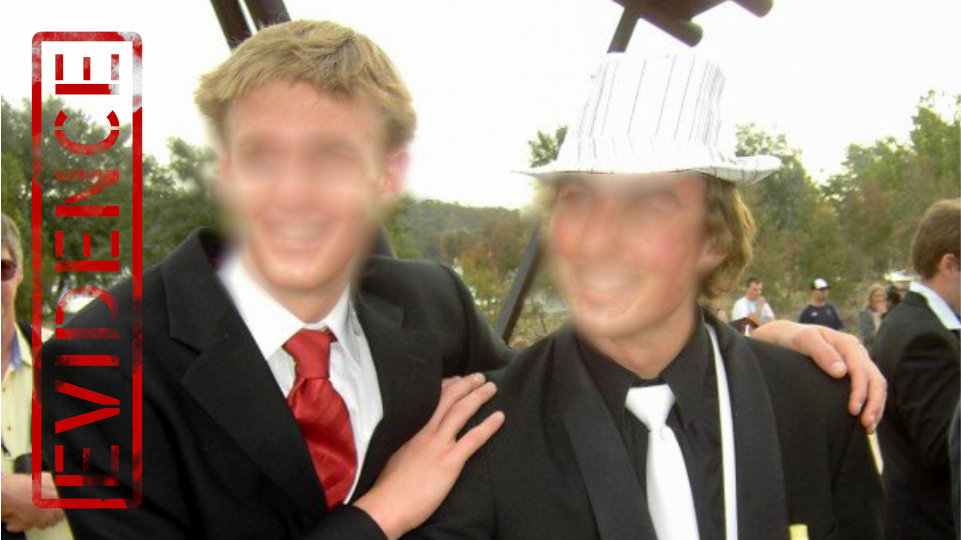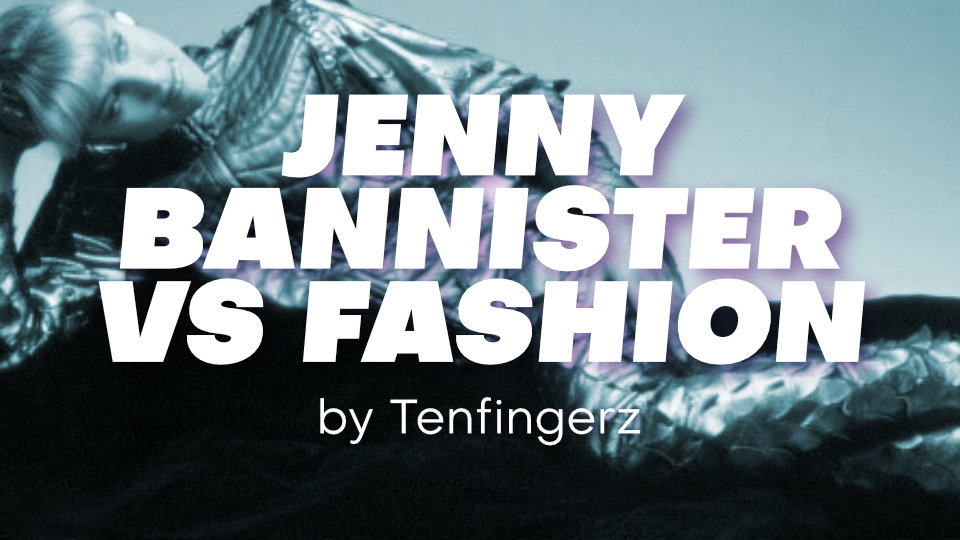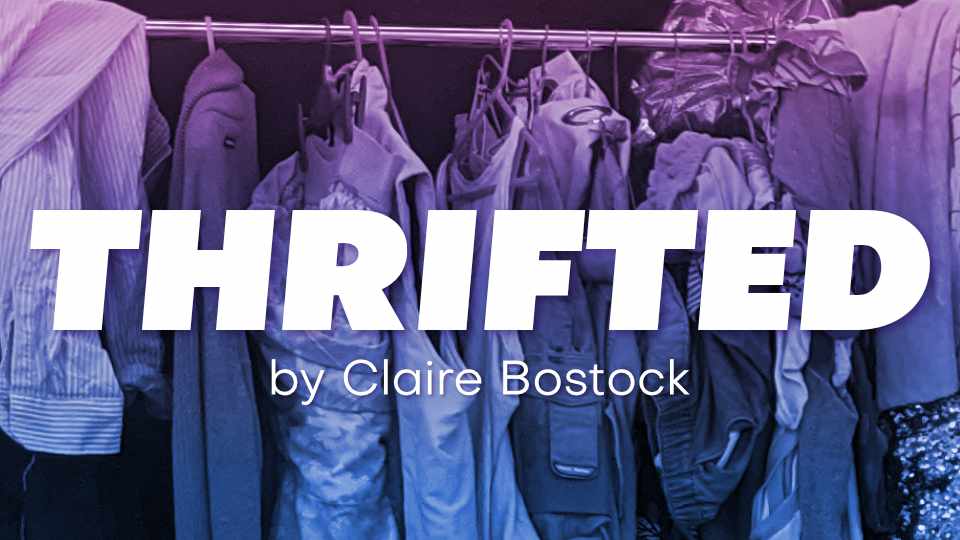TRILBY VS FEDORA
By Tenfingerz
Posted 13th September 2020
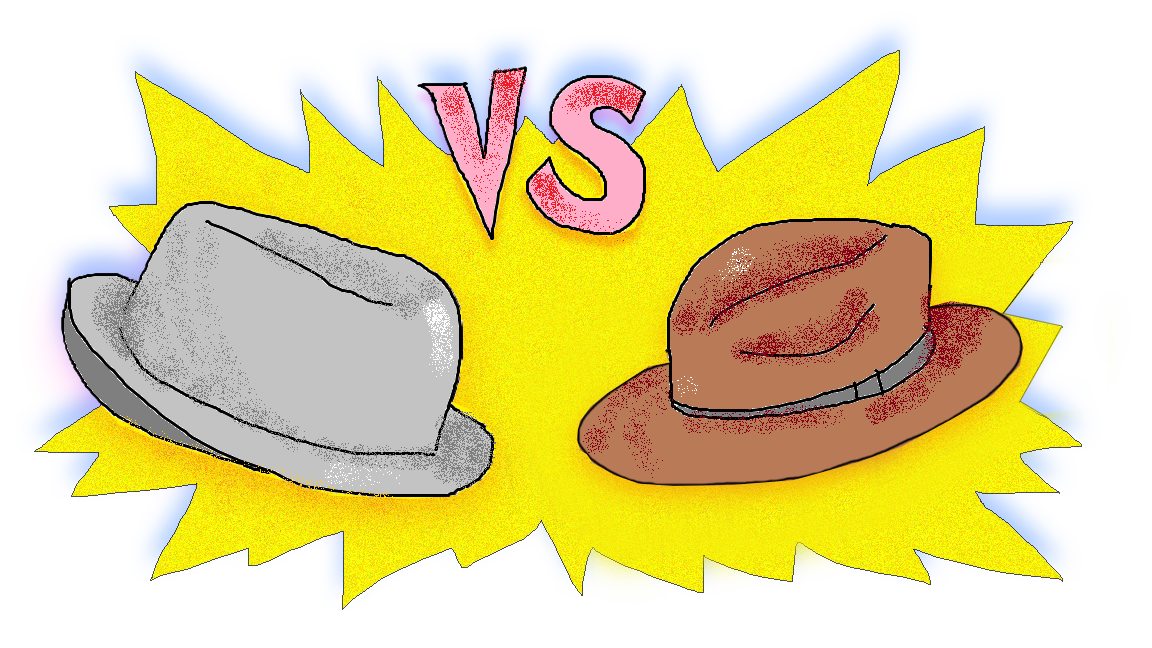
CHAPTER 1. THE COSTUME SHOP
I had just started working in a costume shop when I was looking for a particular hat to go with a particular outfit for a customer. The most popular costume theme of the time, and perhaps of all time — ‘The 1920s’. Thanks, in part, to The Great Gatsby but mostly due to 1920s outfits providing the themed-party goer with a safe, not too out of the ordinary, glamorous look for an evening. A popular option for a 1920s costume, aside from ‘the flapper’, is ‘the gangster’. A suit, a white satin scarf, perhaps a plastic tommy gun, and for sure, the pinnacle of ‘the gangster’ look™ — a fedora. Or, so I thought.
So, as I fumble my way around my new job as costume stylist, trying to locate a hat to complete this gangster’s outfit, I ask a fellow staff-member, ‘Wherefore art thou fedoras?’
‘Fedoras?’ she replied indignantly. ‘I think you’ll find you mean ... TRILBY. Fedora is another hat entirely.’
And so was my introduction to nerdy costume banter and also to perhaps the greatest millinery-related smear campaign of our time.
CHAPTER 2. LORE OF TRILBY
I now find myself, many years later, deep diving into the history of these two hats and asking the question — when did the trilby become known as the fedora? And why is the trilby, now known commonly as the fedora, such a despised fashion item?
Fedora is a wide-brimmed gal, not at all like her counterpart the trilby. Trilby is shortbrimmed, easy to mass produce, and commonly accompanied by a neckbeard, a vape, or perhaps a mediocre yet overly confident song on a guitar around a campfire.
Fedora is usually felt, classy, and not easily or successfully mass produced. She stands the test of time. Historically, Fedora was a woman’s hat. She rose to fame and popularity in the late 1800s, after being worn by stage actress Sarah Bernhardt while she performed as Fedora in the play of the same name. The hat took its name from the play.
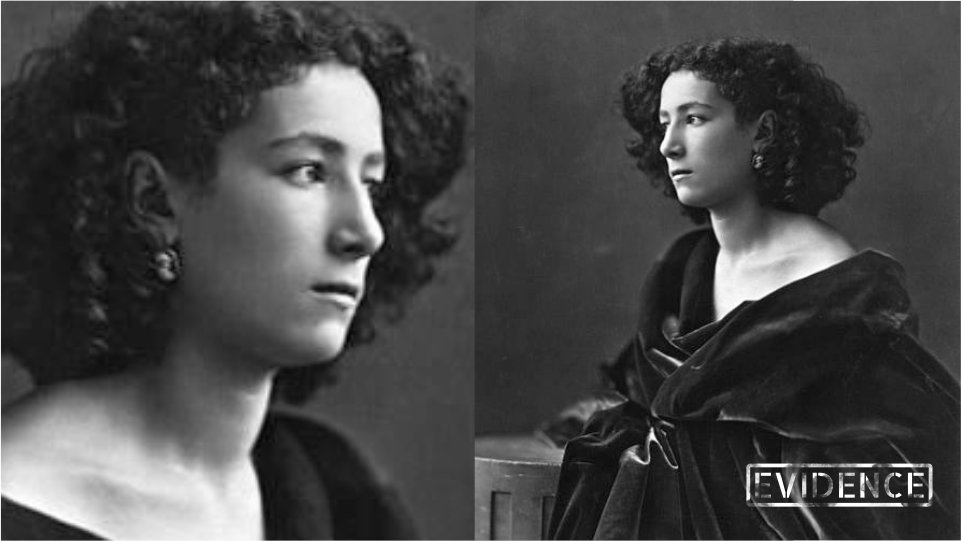
Bernhardt was the most popular actress of her time. She travelled by ship throughout the ‘western’ world and was known to travel anything but light — carrying with her 45 costume crates, 75 crates for her off-stage clothing, and 250 pairs of shoes. She was elegant, influential, and bold. She often dressed in traditional men’s attire and went against the values of the time by playing controversial roles, including once casting herself in the role of Judas. At one time she was banned from performing in Italy because she portrayed sex workers in a positive light. She was in fact the daughter of a French courtesan and at times a sex worker herself.
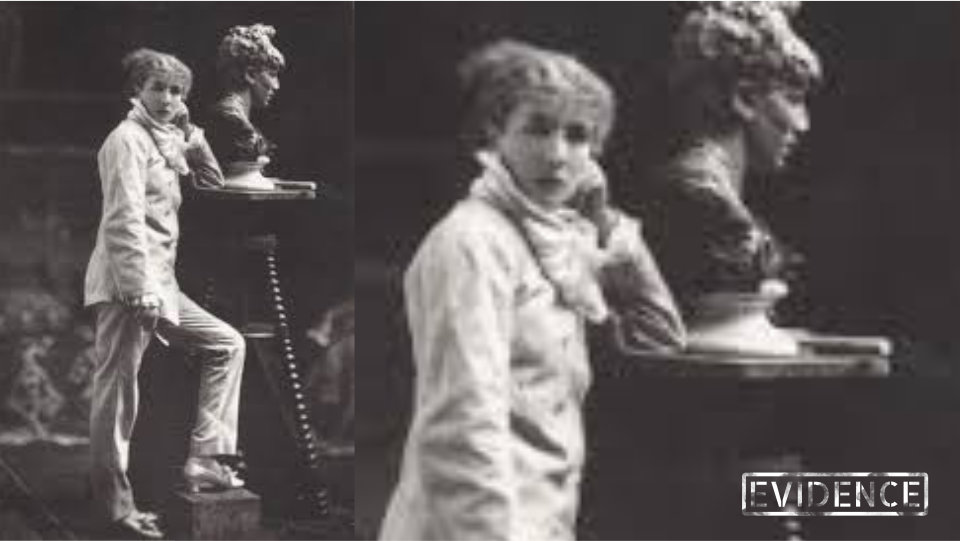
Critic Maurice Baring wrote of Bernhardt’s performance in the play, Fedora: ‘A secret atmosphere emanated from her, an aroma, an attraction, which was at once exotic and cerebral … She literally hypnotized her audience.’ —
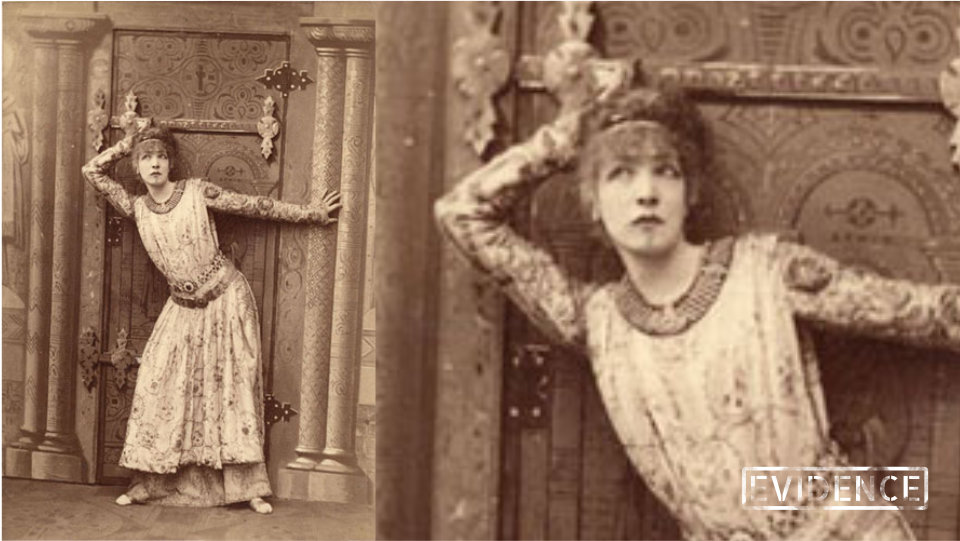
Fedora soon became the must-have hat for women and just like what Bernhadt represented, the Fedora became the symbol for women’s empowerment. In fact, the fedora became the official symbol of the women’s rights movement of the time.

So, Fedora was traditionally a women’s hat. Until it was co-opted by Edward, Prince of Wales in 1924. Fedora then became a man’s domain. Much like what happened with the high heel. Originally a man’s shoe, before jumping the gender binary.
Trilby came from similar origins, taking his namesake from a play of the same name. It was worn by a woman in the title role. Trilby, too, was once a star, and also a hat for women before it was worn by men.
Frank Sinatra popularised Trilby in the 1940s and 50s. My research leads me to believe that this was a time where men wore hats to suit the width of their shoulders. That there were unspoken or maybe spoken rules that governed the width of a brim in ratio to one’s own width. Somehow these width-governing rules seem to have become lost over the years.
So, when Sinatra was campaigning for Trilby — the short-brimmed hat for the slighter-shouldered man — Trilby was true to his namesake: Trilby. At what point, though, did Trilby duck out and into the shadows to allow his fairer counterpart to take the brunt of Trilby’s fall from grace?
When did the fedora become … the trilby?
Did this coincide with the loss of the trilby’s hat lore?
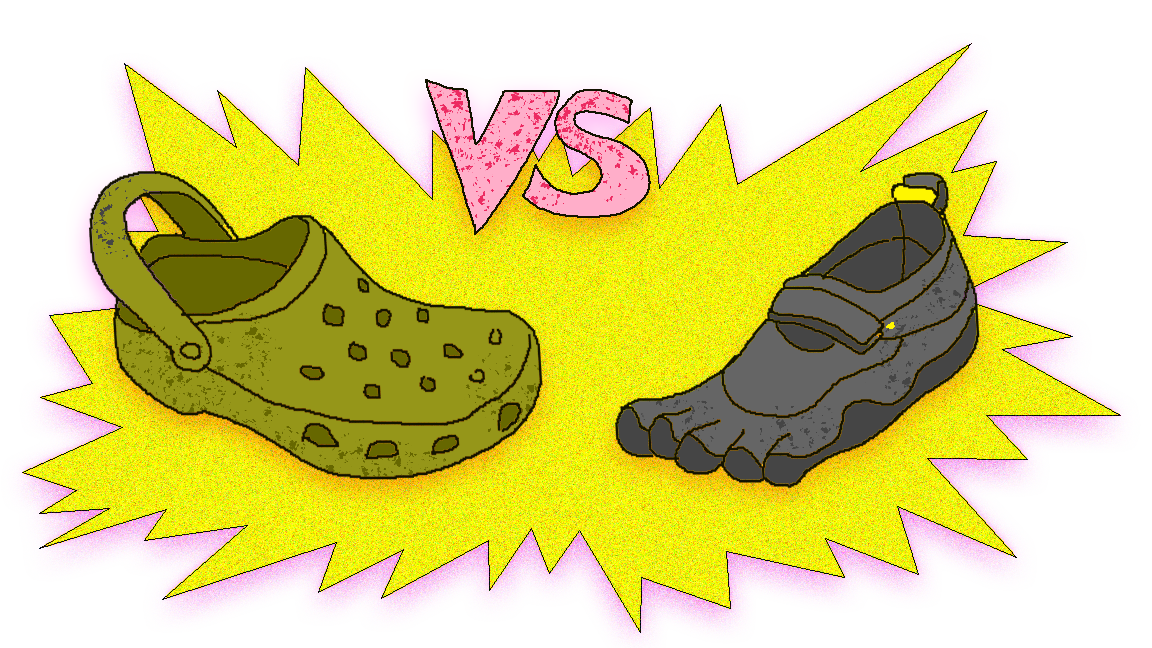
CHAPTER 3. THE CROC OF HEADWEAR?
Please don't get me wrong, I see the functionality and the anti-fashion fashion of the humble croc.
Perhaps Trilby can be compared to another confused version of foot fashion - the barefoot toe-shoe. You know, the shoes that wrap around each of your toes individually? I shudder at the whole premise of those things. Could Trilby be the barefoot toe-shoe of headwear?
However, the metaphorical shoe does not fit here either. Those blight upon fashion barefoot ware are still at least serving some kind of bio-hacking movement-nerd function.
The trilby however — what function does he serve?
Unless to purely be worn in the midday sun, I do not see that brim performing much in the way of protection.
No, NO! Trilby is pure fashion. One adorns oneself with the short-brimmed horror simply to express themselves. I contemplate this: what might one be trying to express with Trilby? And as I contemplate this, perhaps you contemplate why one, such as I, would become so obsessed with such a topic? What’s in a name? A fedora by any other name would smell as sweet. I have no real answer to your query. I say, good day sir. Good day!
Fedoras and their even wider-brimmed counterparts to me remain classic, timeless. Even if they have been co-opted by Instagram’s bohemian ladies in linen posing on beaches or in styled campervans, touting the latest hemp-infused pottery they keep their period blood in, or whatever. Perhaps this is it; this is the fedora returning to her true form. The ‘radical’ symbol of the self-important, sorry I mean, self-empowered white woman.
Perhaps that was harsh. Let’s return to the point. So, here I am, writing in what is perhaps an anti-fashion fashun magazine, slinging insults at fashion choices. Could the most radical clothing-related thing I could do be to don the ol’ trilby myself? Is it time for me to embrace the fedora tipper within?

